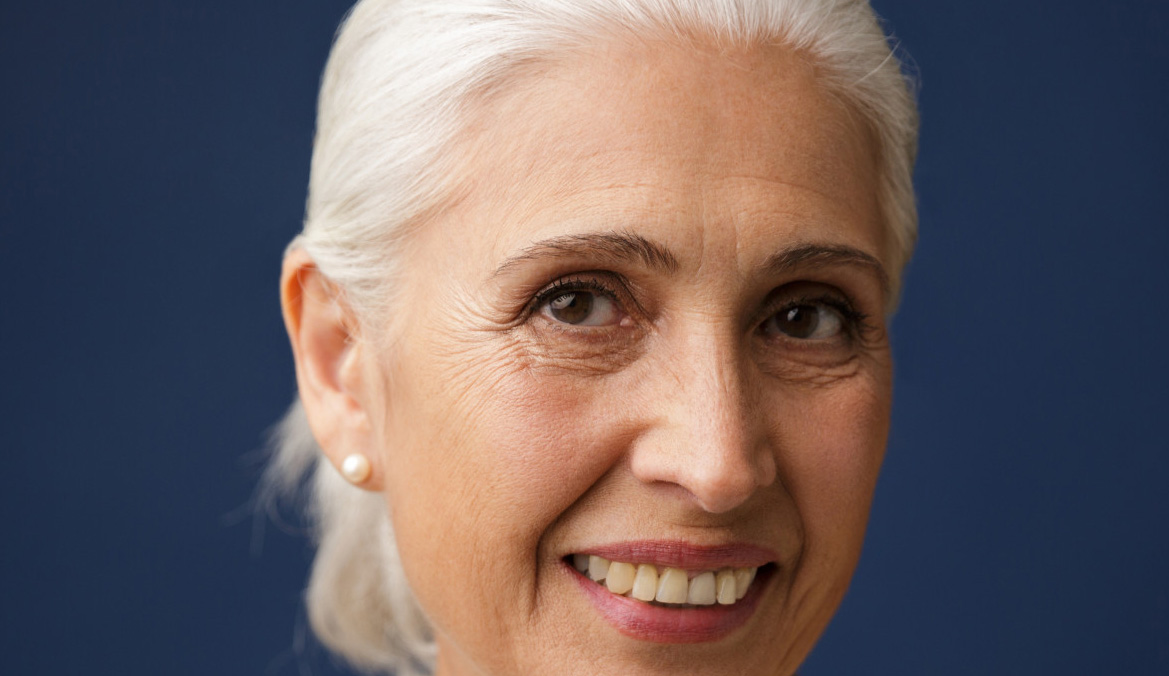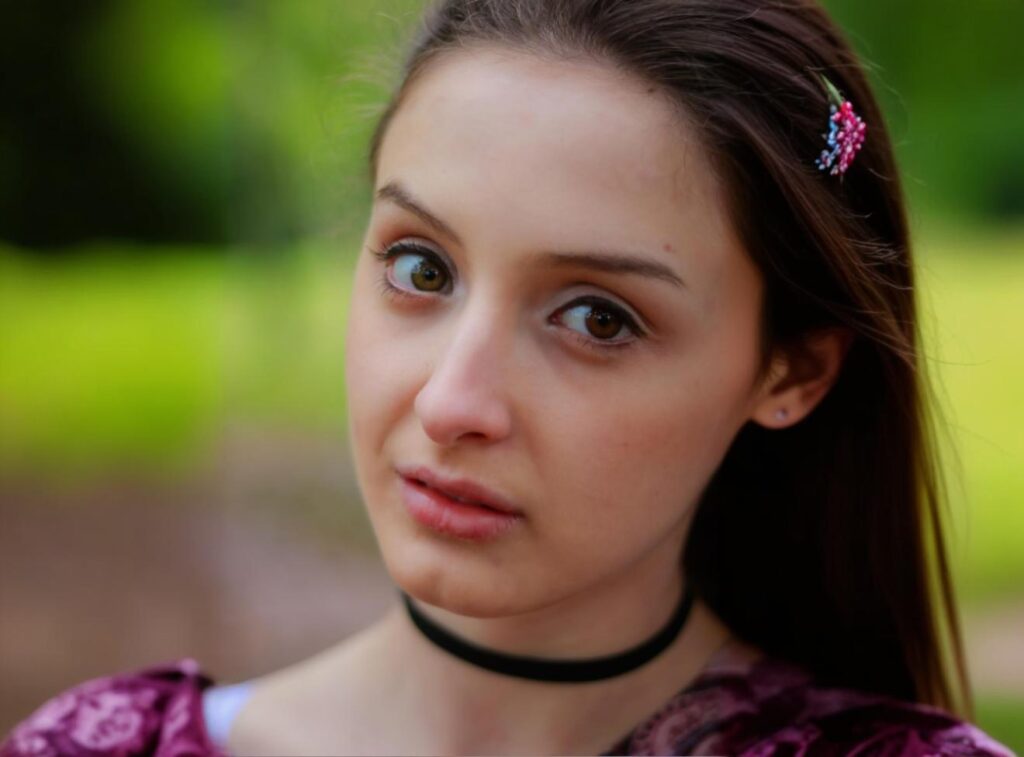If your under-eye area appears consistently tired despite getting enough sleep, there may be factors contributing to this beyond just puffiness. Aging and genetics can cause the fat pads in the lower eyelids to bulge, deepen the tear trough, and result in a loss of skin and muscle elasticity. In these cases, concealers and creams often do little to address these structural changes. That’s why lower eyelid surgery, also known as lower blepharoplasty, is one of the most effective options for achieving a more rested and natural appearance.
Modern techniques focus on enhancing the junction between the lid and cheek rather than hollowing it out, ensuring that your eyes look like you, just fresher. If you are researching options nationwide or searching for terms like “lower blepharoplasty Raleigh NC,” “lower blepharoplasty Raleigh,” “eyelid surgery Raleigh,” or “lower eyelid lift Raleigh,” it’s important to remember that the principles for achieving a natural result remain consistent: careful planning, a tissue-preserving technique, and a gentle touch.
What “natural” really means for the lower lids
Today’s lower blepharoplasty prioritizes fat preservation and repositioning over aggressive fat removal. Instead of simply taking tissue away, your surgeon can reposition orbital fat to fill the hollow just beneath the eyelid (the tear trough), often combined with conservative skin tightening. This restores a smooth transition from the lower lid to the cheek and avoids the “done” or sunken look seen with outdated, reductive approaches.
How surgeons tailor the operation to your anatomy
There isn’t one “right” operation for everyone. Your plan may include:
- Transconjunctival approach (incision hidden on the inside of the eyelid) to address fat pads with no external scar—ideal when skin excess is minimal.
- Skin‑muscle flap (transcutaneous) approach when fine skin tightening or muscle support is needed.
- Fat repositioning / “septal reset” to soften the lid‑cheek step‑off and reduce the chance of postoperative hollowness.
- Canthopexy/canthoplasty (outer corner support) or orbicularis suspension for added shape and stability in select cases.
- Adjuncts like fractional laser or chemical peel for crepey skin when appropriate.
Safety and vision: what to know (and why surgeon experience matters)
Lower blepharoplasty is a common eye surgery, and severe complications are rare. The chance of experiencing orbital bleeding is about 0.055% (or roughly 1 in 2,000). The risk of permanent vision loss is between 0.0045% and 0.005% (around 1 in 20,000 to 22,000), and an analysis shows that the overall chance of permanent visual loss is about 0.0033% (about 1 in 30,000). It’s crucial to see a doctor quickly if you have severe pain, pressure, sudden swelling, or vision changes within the first 24 hours after surgery.
Most people will have temporary swelling, bruising, and irritation that usually improve over days to weeks. Your recovery plan may include using lubricating eye drops, limiting activities, and attending follow-up appointments to check your healing.
Recovery: realistic timeline and swelling tips
Expect a few days of social downtime, followed by 1–2 weeks for most bruising to fade, depending on the extent of your procedure and your unique healing. Head elevation and short, periodic cold compresses are commonly recommended in the first days after surgery; these measures can improve comfort and may help limit early bleeding risk, though evidence for swelling reduction is mixed. Always follow your surgeon’s instructions.
Frequently Asked Questions
What techniques are used in lower blepharoplasty?
Surgeons select from transconjunctival (inside‑the‑lid) or transcutaneous (just beneath the lashes) approaches, often with fat repositioning to smooth the tear trough. Support procedures like canthopexy and skin refinements (laser/peel) may be added based on your anatomy and skin quality. The goal is contour blending, not over‑resection.
Will it affect my vision?
Temporary blurred vision can occur from swelling, dry eye, or ointment. Serious vision changes are very uncommon, with permanent visual loss reported in the range of 0.003–0.005% in published series; urgent evaluation of severe pain, pressure, or vision changes is essential in the first day after surgery.
How do I reduce swelling post‑surgery?
Follow your surgeon’s aftercare plan. Common measures include head elevation, brief cold compresses in the first 48–72 hours, and avoiding heavy lifting or bending. These steps help comfort and may lower early bleeding risk; formal evidence for swelling reduction is mixed, so personalized guidance matters most.
Can this procedure be combined with fillers?
Yes. For the right candidate, hyaluronic acid fillers can refine residual hollowing after surgery or treat mild hollows when surgery isn’t needed. Some FDA-approved fillers can be used in this area.
What should I expect during the healing process?
Most patients notice swelling and bruising for several days, improving steadily over 1–2 weeks; dryness or irritation can occur and is typically managed with drops and ointment. Your surgeon will review activity limits and follow‑ups; call promptly for unusual pain, increasing redness, or visual symptoms.
Why choose a thoughtful, tissue‑preserving approach
Natural‑looking lower eyelid rejuvenation comes from planning to your anatomy, using conservative, modern techniques, and focusing on contour continuity rather than aggressive removal. This philosophy is central to achieving refreshed eyes that don’t “announce” surgery.
Ready to look rested again?
If you’re exploring lower eyelid rejuvenation, our team at JIYA Eyelid and Facial Cosmetic Surgery + Hair Restoration can help you understand your options and design a plan for subtle, natural results. Call us at (919) 929-6006 or book online for a consultation today.


